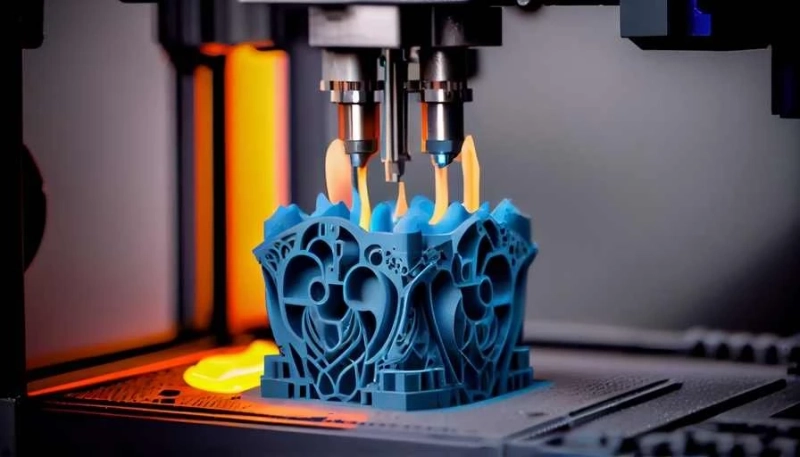From humble beginnings in rapid prototyping, 3D printing has evolved into a transformative technology impacting various industries. This innovative process, which builds objects layer by layer from a digital model, is no longer just about creating quick mock-ups. 3D printing is tackling real-world problems and offering solutions across diverse fields.
Bridging the Gap between Design and Production
Traditionally, moving from design to production involved significant time, resources, and tooling costs. 3D printing disrupts this process by:
Rapid Prototyping:Designers can quickly create physical models to visualize and test their ideas, iterate on designs rapidly, and identify potential flaws before committing to mass production.Customization and On-Demand Manufacturing: 3D printing enables the creation of personalized products or small-batch production runs, catering to individual needs and reducing inventory waste.Reduced Lead Times:By eliminating the need for traditional tooling and minimizing production steps, 3D printing leads to faster product development and quicker market entry.Revolutionizing Healthcare with Personalized Solutions
The medical field has embraced 3D printing to create:
Prosthetics and Implants:Customized prosthetics and implants can be printed to perfectly fit individual patients, improving comfort, functionality, and patient outcomes.Bioprinting:Advancements in bioprinting hold the potential to create human tissues and organs for transplantation, addressing the critical shortage of organ donors.Medical Models:3D printed anatomical models help surgeons plan complex procedures, visualize patient anatomy, and improve surgical outcomes.Envisioning a Sustainable Future
3D printing can contribute to a more sustainable future by:
Reduced Waste:Unlike traditional manufacturing, 3D printing only utilizes the material needed for the object, minimizing material waste and environmental impact.On-Demand Manufacturing:Localized printing reduces the need for long-distance transportation and associated emissions, contributing to a smaller carbon footprint.Sustainable Materials:Research is ongoing into developing bio-based and recycled materials for 3D printing, further reducing environmental impact.Enhancing Engineering and Construction
The world of engineering and construction is also experiencing the benefits of 3D printing:
Complex Prototypes:Engineers can create intricate and functional prototypes for testing and validation, reducing development time and costs.Lightweight and Strong Components:3D printing allows for the creation of lightweight yet strong components, essential for various industries like aerospace and automotive.On-Site Construction:3D printing robots or printers can potentially be used for on-site construction, reducing material waste and labor costs while increasing construction speed.Beyond the Examples: Unleashing the Potential
The possibilities of 3D printing extend far beyond the examples mentioned above. This technology is constantly evolving, with new applications emerging in fields like education, fashion, and even food creation.
Finding 3D Printing Services in Perth
If you're intrigued by the potential of 3D printing and its problem-solving capabilities, consider exploring 3D printing services in Perth. These service providers can offer expertise, equipment, and resources to help you leverage this transformative technology for your own needs. Additionally, if your project requires intricate design work before 3D printing, consider partnering with CAD Drafting Services in Perth. These professionals can help you translate your ideas into precise digital models, ensuring a seamless transition to the 3D printing stage.


